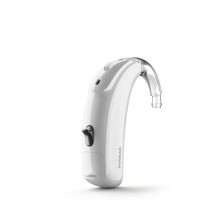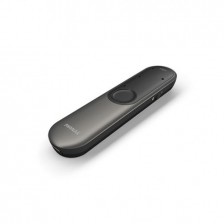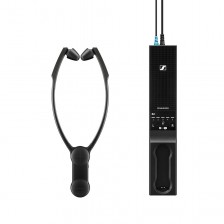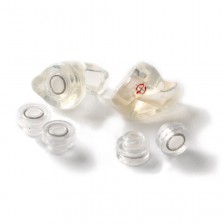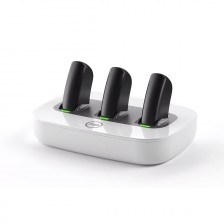What does an audiometry test measure?


Audiometry is a painless test that measures people's ability to hear sounds.
The sounds vary according to their intensity and pitch, which can make a person hear some better than others.
Audiometry is a painless test that measures the degree of hearing of people with a detailed study of their auditory system. It is used to determine their audiological profile, find possible hearing problems, as well as assess the type of hearing loss they present.
It should be performed whenever a hearing loss is suspected, regardless of age, since it is the only way to know the reason for the loss and offer the best solution to correct it.
This test is performed by both audiologists and ent specialists, the study is the same. If it is done at the ent clinic, the person should only take the results to the audiologist so that he or she can offer the best solution to the type of loss found.
Previous tests

A complete audiometry includes a total of 6 tests. The first two are aimed at knowing the health of the ear. In this way, problems that lead to existing hearing loss are ruled out. These tests are detailed in:
- Videotoscopy, which makes it possible to view tympanic health and the state of the external ear through an increased screen. For example, see if there is a wax plug or infection that allows the process to continue.
- Impedance, with which we measure the resistance of the eardrum in the passage of sound and therefore, the health of the middle ear.
What does audiometry include?
After checking the health of the ear with the two previous tests, audiometry is performed, which includes 4 tests. We detail them below:
- Tonal audiometry is the most basic to know the functioning of the auditory system and if the alteration occurs in the transmission of sound or, on the contrary, in the nervous system. In the case of needing hearing aids, this will be the one that will allow us to know the necessary power, as well as the type of hearing aids suitable for the user.
- The discomfort threshold test measures the maximum level of volume that the person can handle so that their hearing aids can never exceed it.
- The bone conduction audiometry allows to know the degree of listening of the user by means of the vibration near the mastoid bone, located behind the ears. This makes it possible to check the functioning of bone conduction.
- Verbal audiometry or speech audiometry measures the ability to understand speech. This test is usually done by repeating the words that the person hears during the test.
The complete test lasts between 60 and 90 minutes and allows the audiologist to know the audiological profile of the person. Notably, it is a FREE test for anyone who suspects hearing loss and is completely painless.
In the event that a hearing loss is evident, the audiologist will offer the user different types of solutions to correct the loss. This process will finish with on-site audiometry once the hearing aids are pre-configured. Later, in addition, all the adaptations that the user needs will be made.



